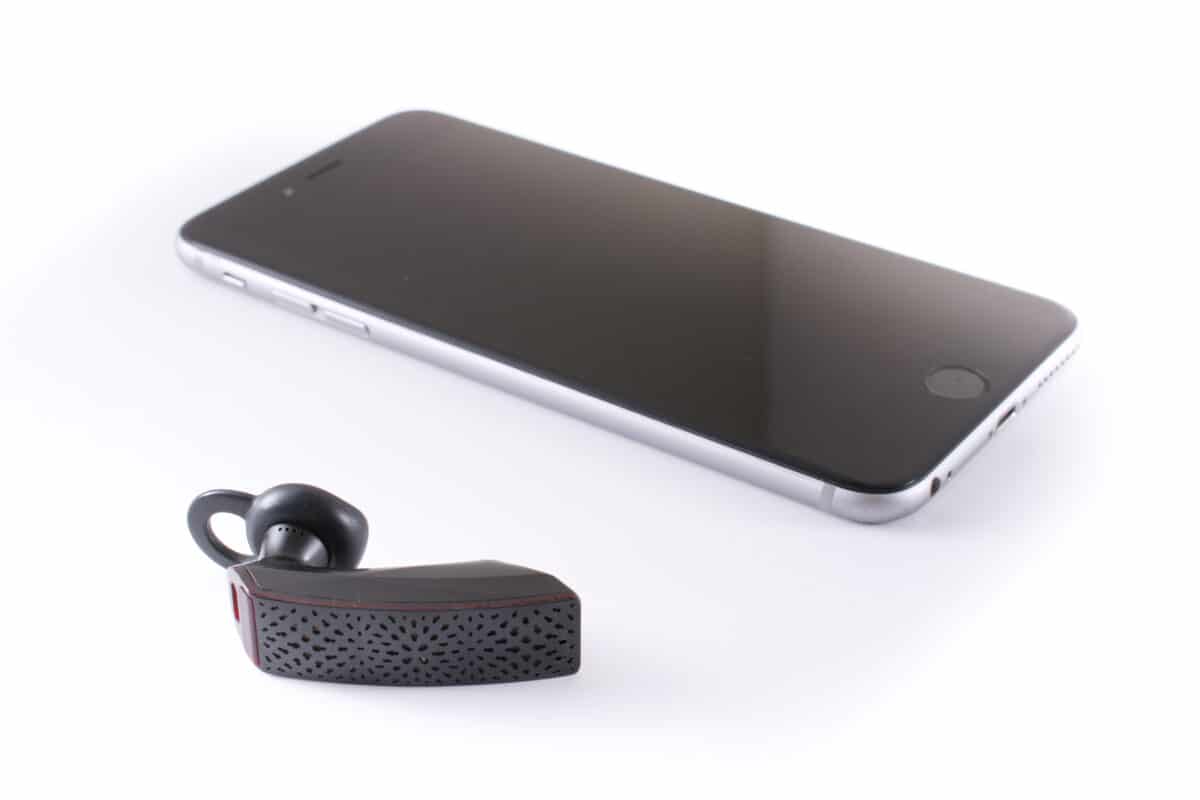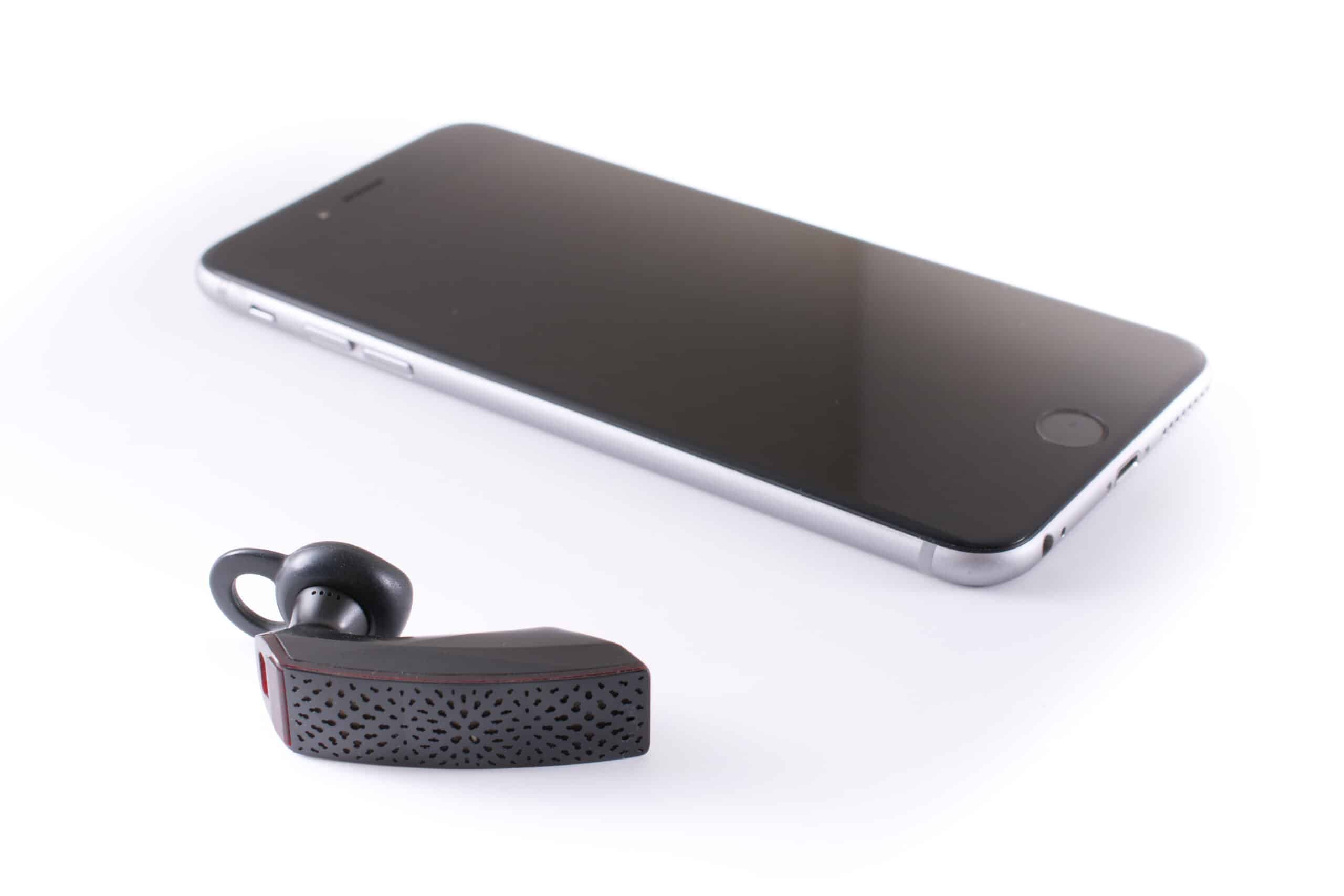Before the Apple Watch, AirPods, and the wearables market as you know it today, there was Jawbone.
As the maker of widely praised Bluetooth headsets and wireless speakers, it was once celebrated as a unicorn company valued at $3.2 billion. Unfortunately, Jawbone’s demise is a tale of a company trying too hard to expand its product lineup, all while accepting too much money from investors.
The failure of Jawbone wasn’t overnight either, as its 17-year lifespan saw plenty of reason to believe it could succeed. Had it succeeded, the wearables market might be very different today. Instead, the company’s once famous Bluetooth headset with “NoiseAssassin” technology is no more.
With all of the funding, they needed to succeed and acquire millions more customers, what went wrong for Jawbone? The answer is easy, but it isn’t simple.
Quick Facts
| Year Founded | 1999 |
| Founders | Alexander Asseily and Hosain Rahman |
| Industry | Communications (Bluetooth headsets, speakers) |
| Headquarters | San Francisco, California |
| Key People | Marissa Mayer, Robert Wiesenthal, Mindy Mount |
| Notable Products | Jawbone UP, Jawbone Jambox, Jawbone Icon, Jawbone Era |
| Website | www.jawbone.com |
Why Jawbone Mattered
Years before AirPods were found in the ears of millions, Jawbone was once a company that sold “America’s favorite Bluetooth speaker” for its Jambox speaker product lineup. In fact, Jawbone actually helped pioneer three different categories which laid the groundwork for products we know today, including one of the first broadly popular fitness trackers.
Jawbone wasn’t the first to enter the Bluetooth wearable space, as Motorola had already lept into the Bluetooth headset arena and was seeing a good deal of success. However, Motorola’s headsets were more utilitarian than fashion accessories, so it was Jawbone that introduced the idea that Bluetooth headsets could be both practical and fashionable.
When it introduced its Aliph Jawbone Bluetooth headset in 2007, it was met with significant praise. It lauded “noise shield” technology that had been approved by DARPA (Defense Advanced Research Projects Agency,) and these are the government groups that know good tech when they see it. It’s this headset and the path it laid out for increasingly better tech that laid the groundwork for the Bluetooth headsets we see today.
It was also Jawbone that introduced its UP series of fitness trackers, which popularized the idea that you could track your heartbeat and health via a fashion-forward accessory. Instead of big, bulky watches, Jawbone wanted to make something minimal but powerful, and, for a brief moment in time, it succeeded.
The History of Jawbone
Jawbone’s story starts when two Stanford undergraduates, Alexander Asseily and Hosain Rahman, met in San Francisco in March 1998. It’s here that an idea is born and, Aliph, the name behind the Jawbone product lineup is born.
Fast forward to 2002, and Aliph wins its first contract with DARPA to find new ways for soldiers to communicate in difficult conditions. The real Jawbone (Aliph) story begins in 2002 with its first DARPA contract as they begin to develop a mobile phone headset capable of suppressing significant amounts of background noise and raise $1.5 million in June 2002 to do so.
It was not until 2006 that Aliph released a YouTube demonstration of its first Jawbone headset, and vaunted designer, Yves Behar, was hired as the company’s Vice President and Creative Director. Between 2006 and 2008, Aliph raised more than $7.5 million in seed money.
Expansion Era (2008-2010)
After another $30 million dollars raised at the beginning of 2008, Aliph announced its second Bluetooth headset in May 2008. Sales began at Apple stores in the summer of 2008, which helped to immediately popularize Jawbone and drive sales of the iPhone and Jawbone together.

©dnaveh/Shutterstock.com
Jumping ahead to April 2009, and Aliph announced its third Jawbone headset, the Jawbone Prime. The Prime won rave reviews for its smaller form factor, solid construction, and improved battery life.
The company’s growth prospects continue to look up as they announced the Jawbone Icon in 2010, its fourth headset. The Icon is also the company’s first Bluetooth headset to feature its “NoiseAssassin” technology, which raised the bar across the industry for noise cancellation.
The year 2010 also saw Jawbone’s first non-Bluetooth headset product with the Jambox, a combination Bluetooth speaker and speakerphone. The company was so well-regarded during this time that the Jawbone was named “design of the decade” by the Industrial Designers Society of America.
Time for a New Name (2011)
Moving into 2011 and a new decade, Jawbone saw significant company growth during this time and secured another $200 million in funding, and officially changed its name to “Jawbone.”
Along with the name change, Jawbone introduced its fifth Bluetooth headset, the Jawbone Era, at the same time as its new change as well as its first Android app.
However, 2011 also saw Jawbone’s attempt to break into fitness tracking, which would play a major role in its fall from grace. The Jawbone UP was announced in July and became available to customers in November. Public reaction to the UP was massive, with many believing it would usher in a new wave of staying healthy and weight loss.
Unicorn Status (2012-2013)
Finally, in February 2012, Jawbone hit unicorn status as a startup with a valuation of $1.5 billion. The company would launch its Big Jambox in 2012, the follow-up to its hit Bluetooth speaker, Jambox.
November 2012 would see Jawbone release its second UP model, which became its first fitness tracker to be available internationally in March 2013.
During this two-year period, Jawbone used a chunk of its available cash to acquire numerous fitness-focused companies to build out its fitness base.
However, Jawbone didn’t lose sight of its origins and would release two more Bluetooth speakers during this time, all while raising another $100+ million to fund its health initiatives.
The End Is Near (2014-2017)

Yet another cash raise kicked off in February 2014 with Jawbone adding another $250 million to its bankroll. At the same time, company founder, Alexander Asseily, resigned as both Chairman of the company and from its board of directors.
It’s during this timespan that things start to take a turn, as Fitbit’s health tracker grows in popularity and starts to claw away at Jawbone’s market share. By November 2015, Jawbone’s market share in fitness wearables dropped to just 2.8% of the market, leading to layoffs company-wide.
April 2016 saw the U.S. International Trade Commission side with Fitbit in a patent dispute, which further aggravated Jawbone’s position in the market.
Things came to a major head in September 2016 when Jawbone insiders indicated that the company had almost no product inventory left and it was unable to pay its customer service agency.
It all came crashing down in July 2017 when Jawbone decided to shutter options and liquidate its assets.
Why Jawbone Failed Spectacularly: Don’t Look UP
After seeing so much initial success, how did Jawbone, a once-promising unicorn delivering hit after hit in the Bluetooth space, go wrong?

©sasimoto/Shutterstock.com
Fitness Tracking Gone Wrong
Much of Jawbone’s failure can be attributed back to its 2011 foray into fitness tracking. Over the next few years, even as it saw initial success with the UP, things quickly came crashing down.
When Jawbone launched the UP 3 in 2014, a flaw in the product forced them to miss the ever-important holiday shopping season. Combined with reviews that showed an imperfect product that didn’t properly measure heart rate and needed to synchronize with a phone to show data.
Competitors like Fitbit started to claw away at Jawbone’s market share, and in 2015, when Apple introduced the Apple Watch, it was too late for Jawbone to stem the bleeding.
By 2016, Fitbit, Xiaomi, Garmin, and Samsung had all eclipsed Jawbone in the health tracking space, forcing them to stop manufacturing the UP product lineup.
Too Much Money
Unfortunately, Jawbone’s failure is often attributed to overfunding. More than $900 million was raised by Aliph/Jawbone over its history and, with so much money in its coffers, breaking into a new vertical was almost a necessity.
The appeal of fitness tracking was strong and the rise of smartphones to track runs, bike rides, and other activities began to fuel a mainstream resurgence in fitness.
Once the initial glow of the original UP subsided, all the money in the world couldn’t help product delays and quality assurance issues.
Of course, Jawbone hoped that a premium price tag for its UP 3 would help recoup some of its costs, but at $179.99 upon release, its premium price didn’t match its feature set.
Losing Focus
Jawbone had undoubtedly set the bar for noise-canceling Bluetooth headsets. Had it stayed in this lane and kept its focus on what it did well, the company might still be around today. Instead, speakers and headsets were all but swept aside to make way for a fitness tracker renaissance that never materialized for Jawbone.
In the face of Apple, Fitbit, and Xiaomi fitness trackers, Jawbone simply made the wrong decision and didn’t leave the category until it was too late.
When the UP 3 was canceled in 2016, Jawbone put the final nail in its coffin by discontinuing the product and canceling its customer service contracts.
Left without any recourse in the event of a product failure or warranty issue, Jawbone lost whatever trust it had left with its customers.
Historical Significance of Jawbone
Even in its failure, Jawbone should be prominently remembered for what it did right. The introduction of Bluetooth headsets that looked as good as they operated, all while blocking out most background noise, was a huge victory for consumers. The same goes for its speakers, which did everything right, only to be mostly ignored once Jawbone turned its attention to fitness trackers.
We have Jawbone to thank for the rise of noise-canceling headphones that are helping so many work remotely these days. The popularity of headphones like AirPods is all built on the work Jawbone did right.
What’s most memorable about Jawbone is that, even if it failed, it was a pioneer in the wearable space that is now a $116 billion dollar industry. Even its failures led to something greater, as smartwatches are now every bit as common as analog watches, and part of that is because of the fitness tracking built into every smartwatch.
Wearable Tech in the News
In February 2023, Apple announced that it will be releasing a new generation of Apple Watch with new features, including a built-in ECG sensor and a blood oxygen sensor.
In March 2023, a study published in the journal Nature reported that wearable devices can be used to accurately track sleep apnea. This finding could help to improve the diagnosis and treatment of this sleep disorder.
Up Next
- The Real Reason Polaroid Failed Spectacularly — During the 1970’s snapping pics that printed instantly was all the rage.
- The 5 Real Reasons Netscape Failed — In its heyday, the Netscape browser dominated 75% of the market. What happened?
- The Real Reason Blockbuster Failed Spectacularly — Once upon a time, before streaming video, people went to Blockbuster to rent videos.
The image featured at the top of this post is ©dnaveh/Shutterstock.com.







